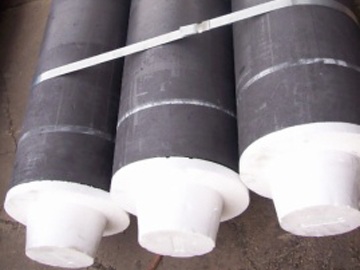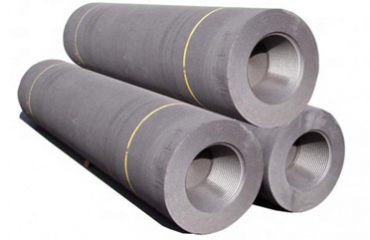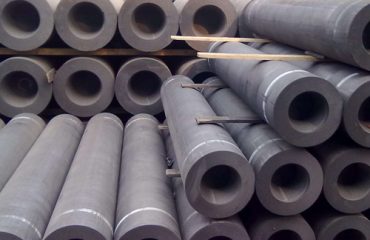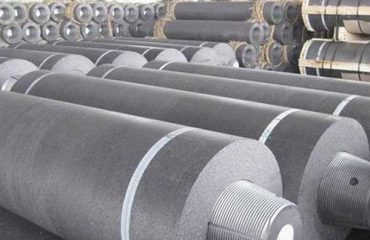Graphite is very common in nature, and graphene is the most powerful material known to human beings, but it may still take years or even decades for scientists to find a way to turn graphite into a large high-quality graphene “film”, so that they can be used to make all kinds of useful materials for human beings. According to scientists, graphene has a series of unique characteristics in addition to its extraordinary firmness. Graphene is also the most excellent material known for its electrical conductivity, which makes it also have great application potential in the field of microelectronics. Researchers even see graphene as a silicon substitute that could be used to make supercomputers of the future.
- Wet graphite electrode shall be dried before use.
- Remove the foam protective cap on the spare graphite electrode hole and check whether the thread in the electrode hole is complete.
- Clean the surface of spare graphite electrode and internal thread of hole with compressed air free of oil and water; avoid cleaning with steel wire or metal brush cloth.
- Carefully screw the joint into the electrode hole at one end of the standby graphite electrode (it is not recommended to directly install the joint into the replaced electrode on the furnace), and do not collide with the thread.
- Screw the electrode sling (graphite sling is recommended) into the electrode hole at the other end of the standby electrode.
- When lifting the electrode, pad the soft object under one end of the spare electrode mounting joint to prevent the ground from damaging the joint; use the hook to extend into the lifting ring of the spreader and lift the electrode stably to prevent the electrode from loosening from the B end or colliding with other fixed devices.
- Lift the standby electrode above the electrode to be connected, align it with the electrode hole and then slowly drop it; rotate the standby electrode to make the screw hook and the electrode rotate together to drop; when the end faces of the two electrodes are 10-20 mm apart, clean the exposed parts of the two end faces of the electrode and the joint with compressed air again; when the electrode is completely lowered at last, do not use too much force, or the electrode hole will be caused by violent collision And the thread of the joint is damaged.
- Use a torque wrench to screw the spare electrode until the end faces of the two electrodes are in close contact (the gap between the electrode and the connector is less than 0.05mm).




